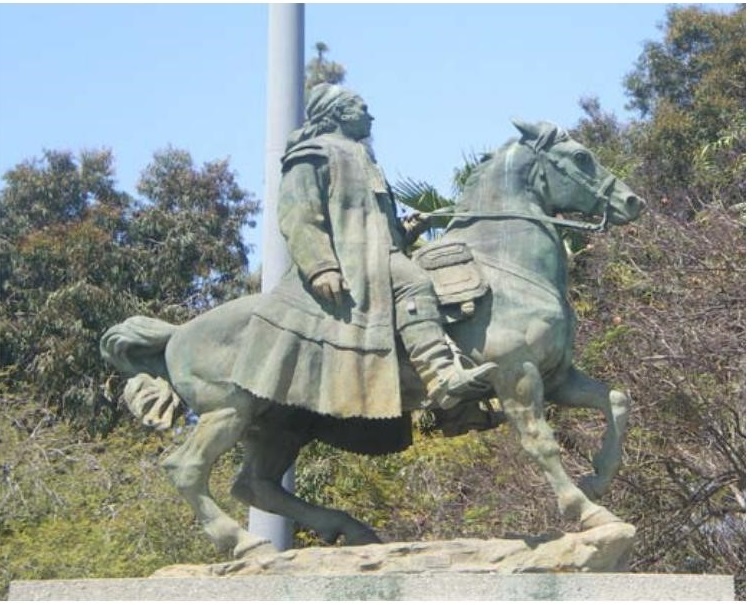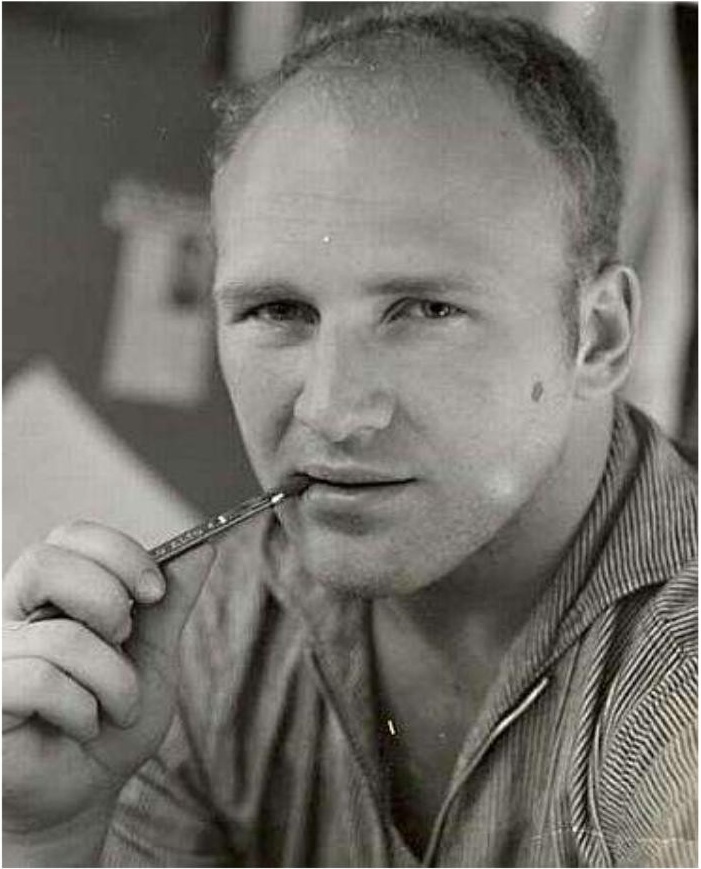By Terry Sovil from the November 2010 Edition
 Jose María Morelos y Pavón has a recognizable face. You’ll see him every time you hold a 50 peso note. He was born September 30, 1765 in Valladolid, Michoacán; a mestizo (mix of Spanish and Aztec Indian blood) and in a lower class of the Spanish colonial social scale. His parents were respectable, his father a carpenter, but poor. He started work at an early age as a mule driver and eventually became a priest, a military commander and a head of state.
Jose María Morelos y Pavón has a recognizable face. You’ll see him every time you hold a 50 peso note. He was born September 30, 1765 in Valladolid, Michoacán; a mestizo (mix of Spanish and Aztec Indian blood) and in a lower class of the Spanish colonial social scale. His parents were respectable, his father a carpenter, but poor. He started work at an early age as a mule driver and eventually became a priest, a military commander and a head of state.
From 1779-1790 Morelos worked on a sugar cane hacienda where he rose to a white-collar position as a scribe and accountant. He was able to enroll at San Nicolás College in Valladolid in 1790 at age 25. He had saved some money and had a very basic education. The rector at the college was Miguel Hidalgo y Costilla. Morelos was Hidalgo’s junior by 12 years. He entered the Tridentine Seminary in 1795 and received a Bachelor of Arts degree from Royal and Pontifical University. He became a Roman Catholic Priest in 1798 at the age of 33.
There are similarities between José Morelos and Miguel Hidalgo: Roman Catholic priests; fathered illegitimate children; political activists and charismatic leaders but there are also differences. Hidalgo surpassed Morelos in intellectual attainments. Hidalgo was of white middle-class Creole while Morelos came from the working class and was of mixed blood.
Morelos was far more skilled as a military leader and organizer. Morelos labored long and hard as a priest and may have remained an historical unknown had he not been ordered to announce the ban of excommunication against Hidalgo in his church. He was appalled at taking such a step against his old mentor. In a conference Hildalgo convinced Morelos that the revolt was in defense of country and religion since Spanish officials in Mexico were about to surrender the country to Napoleon Bonaparte. Morelos joined and Hidalgo gave him a military commission to capture the port of Acapulco and move the revolution to the south.
Morelos displayed his brilliant military leadership. For the next three years he showed skills in campaigns, instilling discipline, boosting morale, training armies, selecting commanders. He conquered an area south of Mexico City from the Isthmus of Tehuantepec on the east to Valladolid on the west. He took the province of Oaxaca and defended Cuautla withstanding a 2 ½ month siege. He captured Acapulco in 1813 but this gave Spanish forces elsewhere an opportunity to gain an upper hand. The taking of Acapulco marked the start of his decline. He became leader of the revolution after the execution of Hidalgo .
Morelos had formulated a political and social program for a new government while conquering southern Mexico. He called himself the “Servant of the Nation”. That same year he called the first congress of free states which resulted in a Declaration of Independence and he was made the head of the executive triumvirate. He wanted the abolition of all class distinctions (Indian, mulatto, mestizo) in favor of “American” for all native-born persons. Sovereignty was vested in the people by a representative government. In the end the congress didn’t accomplish much because military victories were also needed but that was not to be.
Morelos was captured by Spanish forces led by Matías Carrasco, an ex- follower, on November 5, 1815, while escorting the congress to a location near the east coast of Mexico. He was tried in the Viceroy’s military court and the Inquisition. He mounted a brilliant defence but eventually broke down in fear for his soul and revealed military information and even analysis on strategy.
Morelos stood trial before three separate tribunals. The first was a civil- ecclesiastical process where he was sentenced to be degraded from the priesthood for heresy. The Inquisition carried out the degradation (The Rite of Degradation) in a painful ceremony where holy oils were scraped from his hands by a knife blade. It is reported that some watching openly cried but he endured with courage.
Finally a civil court sentenced him to be executed for treason.
On December 22, 1815 in the village of San Cristóbal Ecatépec, a short distance from Mexico City, he was executed by firing squad. This left only a few leaders, including Vicente Guerrero and Guadalupe Victoria, to continue the revolution.
While his death left him in official disgrace change was coming. In 1828 Valladolid was re-named Morelia in his honor and a large monument now stands where he was executed. He is buried in Paseo de la Reforma, Mexico City. He is also immortalized in a 130’ statue on the island of Janitzio in Lake Patzcuaro, Michocan.
Download the full edition or view it online
—
Terry is a founding partner and scuba instructor for Aquatic Sports and Adventures (Deportes y Aventuras Acuáticas) in Manzanillo. A PADI (Professional Association of Dive Instructors) Master Instructor in his 36th year as a PADI Professional. He also holds 15 Specialty Instructor Course ratings. Terry held a US Coast Guard 50-Ton Masters (Captain’s) License. In his past corporate life, he worked in computers from 1973 to 2005 from a computer operator to a project manager for companies including GE Capital Fleet Services and Target. From 2005 to 2008, he developed and oversaw delivery of training to Target’s Loss Prevention (Asset Protection) employees on the West Coast, USA. He led a network of 80+ instructors, evaluated training, performed needs assessments and gathered feedback on the delivery of training, conducted training in Crisis Leadership and Non-Violent Crisis Intervention to Target executives. Independently, he has taught hundreds of hours of skills-based training in American Red Cross CPR, First Aid, SCUBA and sailing and managed a staff of Project Managers at LogicBay in the production of multi-media training and web sites in a fast-paced environment of artists, instructional designers, writers and developers, creating a variety of interactive training and support products for Fortune 1000 companies.




You must be logged in to post a comment.